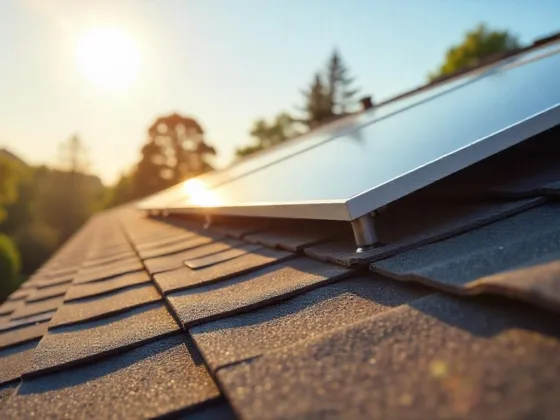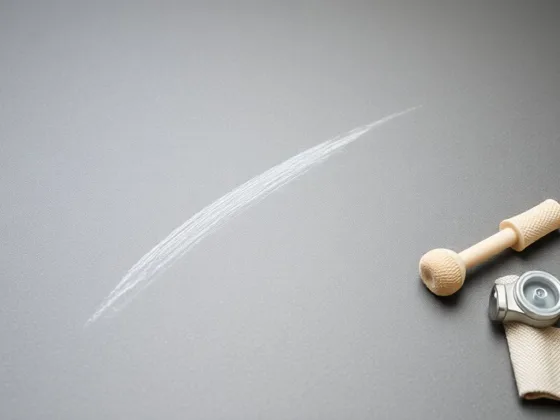Table of Contents Show
Summertime is here, and you’re excited to make a splash in your above-ground pool. However, when you remove the cover, you’re greeted with a not-so-pleasant surprise – an algae-infested pool. Don’t worry! We’ve got you covered with easy and effective tips to clean your empty above-ground pool and say goodbye to algae for good.
Assessing the Situation
Before diving into the cleaning process, it’s essential to assess the extent of the algae growth. This will help you determine the best course of action and the time required to restore your pool’s pristine condition.
Start by examining the watercolor and texture. Green or cloudy water with slimy walls indicates a severe algae problem, while a light green tint with minimal debris suggests an early-stage infestation. Additionally, carefully inspect the pool’s walls, corners, and steps for any visible algae growth.
Tools of the Trade
Now that you’ve assessed the situation, it’s time to gather the necessary tools to combat the algae invasion. Here are the essentials:
- Pool Brush: Invest in a high-quality pool brush with sturdy bristles to scrub away algae from the pool walls and floor.
- Algaecide: Choose a reliable algaecide that is specifically formulated to eliminate algae in above-ground pools. Follow the manufacturer’s instructions for the correct dosage and application method.
- Pool Vacuum: A pool vacuum is a valuable tool to remove debris and dead algae particles from the pool.
- Net or Skimmer: Use a net or skimmer to remove any leaves, twigs, or other debris floating on the water’s surface.
The Cleaning Process
Now that you have your tools ready, it’s time to get down to business and clean that algae-infested pool. Follow these steps:
- Brush the Walls and Floor: Start by using the pool brush to scrub away algae from the walls and floor. Be thorough and pay extra attention to areas where algae growth is prominent.
- Apply Algaecide: Follow the instructions on the Algaecide bottle to add the appropriate amount to your pool. Make sure to distribute it evenly throughout the water to treat all affected areas.
- Run the Pool Pump: Turn on the pool pump and let it circulate the water for at least 24 hours. This will help the algaecide do its job effectively.
- Vacuum the Pool: After the allotted time, use the pool vacuum to remove the dead algae and debris that has settled on the pool floor.
- Skim the Surface: Use a net or skimmer to remove any remaining debris floating on the water’s surface.
- Monitor and Maintain: Regularly test the pool water’s chemical balance and adjust as necessary. It’s crucial to maintain proper chlorine levels and pH to prevent algae from returning.
By following these steps and staying on top of regular pool maintenance, you can enjoy a sparkling clean above-ground pool all summer long.
Related:
Clean Empty Above Ground Pool FAQ | Frequently Asked Questions
How do I prevent algae from growing in my pool?
To prevent algae from growing in your pool, you can follow these tips:
- Keep your pool clean by removing debris regularly.
- Brush the walls and floor of the pool regularly to remove any algae that may be growing.
- Keep your pool water balanced by testing it regularly and adjusting the chemicals as needed.
- Use an algaecide to prevent algae growth.
- Shock your pool regularly to kill any algae that may be present.
It’s important to note that you cannot prevent algae from growing in pool water completely. You can only have a sanitizer (like chlorine) present to kill it as it begins to grow.
What is an algaecide?
An algaecide is a chemical compound whose active ingredients kill algae and/or prevent it from growing in your pool. Algaecides are usually sold as liquids. Many of them use copper as the primary mechanism, which attaches itself to and destroys live algae in the pool.
How long does it take for an algaecide to work?
The time it takes for an algaecide to work depends on the product and the severity of the algae growth. Some algaecides work quickly and can clear up algae in a matter of hours, while others may take several days to work.
What are the side effects of using algaecide?
Algaecides can irritate the skin, so after adding algaecide to your pool it is advised to shower thoroughly before swimming. If you begin to itch, rinse off with fresh water immediately and go take a shower. If an object containing algaecide or an algaecide-based product comes in contact with your skin, immediately rinse with fresh water.
Can I swim in my pool after adding an algaecide?
Most algaecides are safe to swim with after waiting at least 15 minutes. However, the waiting period may vary depending on the specific algaecide used.
How often should I use an algaecide?
Algaecide should be added to your pool water every week as a preventive measure against starting algae and growing in the pool. However, the frequency at which you can use algaecide depends on several factors, including the type of algaecide you’re using, the severity of the algae problem, and the size of your pool.
Can I use vinegar or baking soda instead of algaecide?
Vinegar is not an effective algaecide. It may lower the pH of the water and make it more acidic, which can help prevent algae growth, but it will not kill existing algae.
What is the best way to lower the pH in pool water?
The best way to lower pH in pool water is to add an acid such as muriatic acid or sodium bisulfate. You can also add baking soda to increase the pH level.
Conclusion
Don’t let algae ruin your summer fun! With the right tools and a little effort, you can wave goodbye to algae in your empty above-ground pool. Remember to assess the situation, gather the necessary tools, and follow our step-by-step cleaning process. Soon enough, you’ll be diving into crystal-clear waters. Happy swimming!











